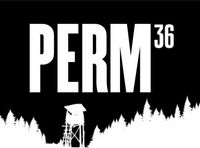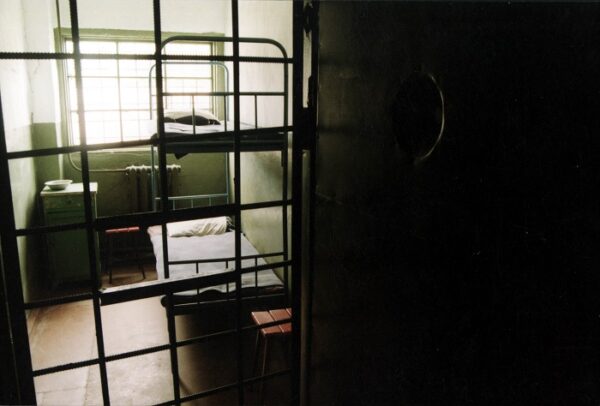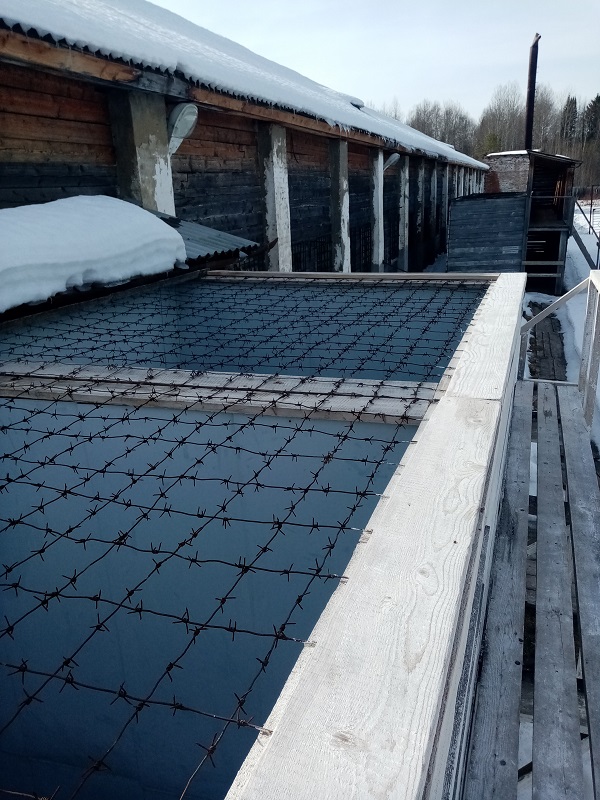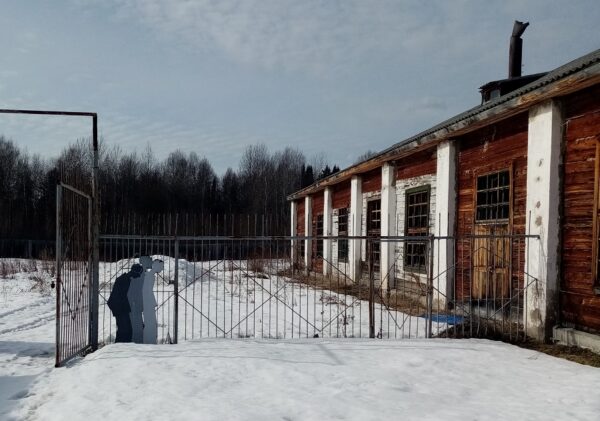In the special security corrective labor camps, men serve their sentences who have been declared highly dangerous recidivists, and men who had the death penalty mitigated to imprisonment under amnesty. The prisoners in the special corrective labor camps are held in conditions of strict isolations in cell-type rooms; they can go to buy groceries and essential items of a sum of up to four rubles a month; they have the right to one short and one long meeting in a year; they can receive not more than two parcels a year and send one letter a month; after serving half their sentence they are permitted to receive one package per year,” – article 65 of the Corrective labor code of the RSFSR of 1970.
Photo: cell for two prisoners. In 1985 it held the Ukrainian poet Vasil Stus and the Russian writer Leonid Borodin
“By sentence of the court, a highly dangerous recidivist may be: a person previously sentenced to prison for highly dangerous state crimes, gangsterism, premeditated murder. (other grave crimes are listed)… and who has committed any of these crimes once again…”
Article 24-1 of the Criminal Code of the RSFSR of 1960
In the Mordovian camps, highly dangerous recidivists from the group of highly dangerous state criminals were held in a barracks building separately from the other recidivists, while they all worked together either outdoors or in common workshops, and were locked in cells for the night. The barracks was an old wooden building with stove heating, and the cells did not have toilets – they only had a slop bucket. The prisoners heated the stoves and took out the slop buckets themselves.
In 1980, all highly dangerous state criminals sentenced to special security sections were moved from Mordovia to the Perm-36 political camp, where a special security section was organized, reconstructed from the former sawmill IT No. 6 at the former camp log storage area. It was located 700 meters away from the maximum-security section.
Half of the building was divided into 19 cells, a kitchen and 5 offices, and the second half was divided into two non-cell holding rooms, a bathhouse with a laundry and a linen storage room, a boiler room, an emergency diesel generator, a common toilet for prisoners not held in cells, a small cinema and a storage room for production materials. Two yards for walks were located at the back of the barracks.
The barracks had a system of central heating and all cells had toilets. This was not for the comfort of the prisoners, of course, but for their special isolation. Prisoners were held in cells that were permanently locked – some cells were for habitation, others for work, and prisoners were moved from one to another strictly by one cell at a time, so they did not meet prisoners from other cells.
Prisoners were taken out for walks to the yards by one cell at a time and taken to compulsory film screenings and the bathhouse. The isolation was almost total – for years, the prisoners did not see anyone apart from their fellow cellmates, wardens and “supervisors” – prisoners outside the cells who brought food and production materials to cells and collected finished products – and sometimes the heads of camp administration. The views from the windows of all the cells looked out on to special fences or gates, so that prisoners could not even see the tops of trees growing around the section – only the sky… Nothing apart from the sky and the guards looking down on them were visible from the yard either.
Practically all the political prisoners of these barracks had the same sentence – ten years.








